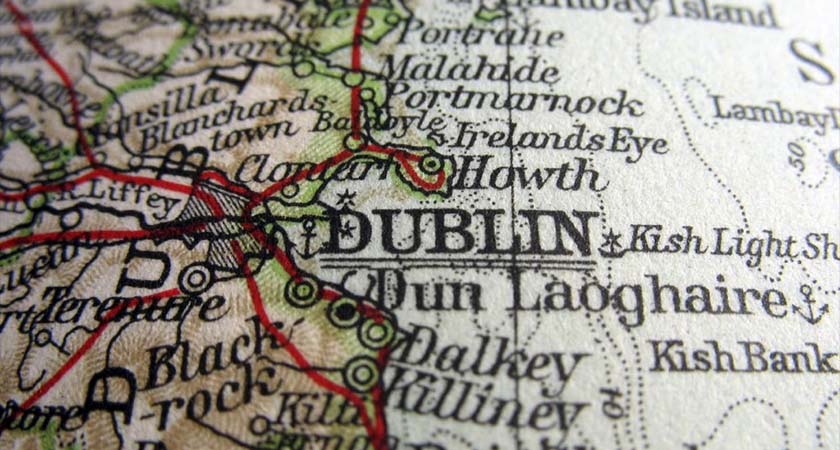DUBLIN has had a colourful past, so it's no surprise that over the centuries it has had some colourful street names.
Throughout the years many of these have been lost, perhaps replaced with more salubrious sounding monikers, or simply falling victim to the changing times and political administration of the city. Here are a few of the most noteworthy:
Then: Coldblow Lane
Now: Belmont Avenue
Dublin’s Belmont Avenue was originally called Coldblow Lane and provided a thoroughfare towards the notorious village of Donnybrook. A map produced in 1760 shows the lane with scattered houses including, its later namesake, Belmont House. A nearby windmill provided a prominent welcome for travelers to the world renowned Donnybrook Fair. The fair was infamous for 'fighting, dancing, love-making and drollery and so long associated with the name and character of the Irish people.' The Dublin Corporation put a stop to the fair in 1855 following complaints from residents.
Then: Cuckhold Row
Now: Brabazon Street
This street named after Sir Arthur Brabazon, Earl of Meath was originally known as Cuckold’s Row. The term Cuckold has been used since medieval times to refer to the husband of an adulterous wife, the word's origins lie with the cuckoo bird, a species notorious for laying its eggs in the nest of other birds.
Then: Montgomery Street or 'The Monto'
Now: Foley street
By the nineteenth century, the seedier side of Dublin's nightlife started to confine itself to the Montgomery district of the city, north-east of the Custom House. A trend encouraged by the prevalence of cheap lodging accommodation. Tenement houses were shared by both working girls and the families of the poor. In the area that became known as the Monto, Dublin's early red-light district had been born. Early records mention its 'great number of destitute poor, dissolute and depraved characters’ of both sexes.'
 Then: Hangman's Lane
Then: Hangman's Lane
Now: Hammond Lane
If you found yourself among the unfortunate souls sentenced to die in medieval Dublin, chances are Stoneybatter was where you were heading. Although the exact location of the gallows is unknown, it is thought that the condemned were transported along what is now known as Hammonds Lane on their way to the meet the rope.
Then: Dirty Lane
Now: Bridgefoot Street
The original Bridgefoot Street had something of a hygiene problem back in the day, human waste from within the city walls was frequently dumped here from carts, leading to unpleasant smells. Dirty Lane was also the famous location that Irish nationalist Robert Emmet chose to stow away his arms in 1803.
Then: Murdering Lane
Now: Old Kilmainham
Murdering Lane was one of two adjoining streets in Mount-Brown, with the other going by the equally friendly sounding Cut-Throat lane, these narrow alleys overlooked a steep drop to the river Camac, one of the Liffey's four main tributaries. It would have provided an ideal place to discard of mysterious baggage into the dark water below. The steep alley also went by the even less popular name of Cromwell Quarters for a time.
Know any other strange Irish street names? Comment below or let us know on Facebook and Twitter
*This article was amended on 22/03/16, the original article referred to Footbridge Street, now corrected to Bridgefoot Street

